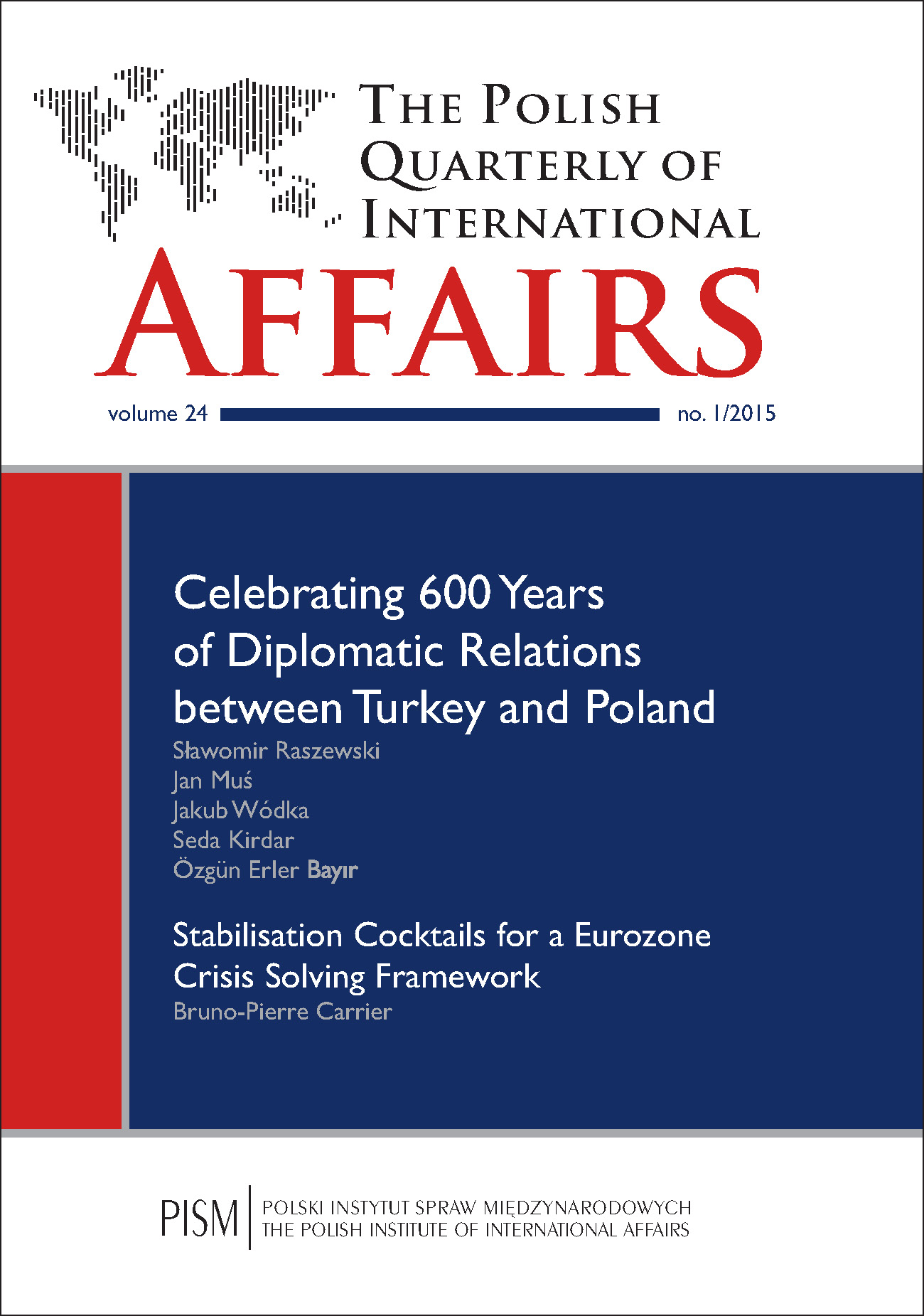Persian Gulf Gas and LNG in the EU’s Goals for Security of Gas Supply by 2030
Persian Gulf Gas and LNG in the EU’s Goals for Security of Gas Supply by 2030
Author(s): Mohammad HoushisadatSubject(s): Politics / Political Sciences, Politics, Economy, Energy and Environmental Studies, Economic policy
Published by: PISM Polski Instytut Spraw Międzynarodowych
Keywords: turkey; gulf gas; gas; LNG
Summary/Abstract: Energy is the major challenge of the 21st century and the world’s energy mix will change in the future, predominantly to renewables, followed by natural gas. The European Union will be the foremost gas importer by 2030 and the rate of Liquefied Natural Gas (LNG) imports will double by 2020. The UK, France, Spain and Italy are the main entry points for EU LNG imports, with approximately 80% of the regional terminals located in these countries and amounting to 87% of the Union’s LNG needs. Diversification of LNG routes and suppliers in the coming competitive LNG market is an important objective of EU energy policy. It seems that the low-cost, high-risk Persian Gulf gas-rich area could be influential to the Union’s security of energy supply in the future. The current research, furthermore, aims to analyse the role of actual Qatari LNG and potential Iranian LNG on imports by the UK, France, Spain and Italy in the coming years. This multiple case study centres on a comparison of the EU’s actual and potential LNG suppliers against the four indicators of energy security—acceptability, availability, affordability and accessibility. It attempts to determine the position of the Persian Gulf and its main regional LNG suppliers amongst the main global exporters to the EU.
Journal: The Polish Quarterly of International Affairs
- Issue Year: 24/2015
- Issue No: 1
- Page Range: 7-27
- Page Count: 21
- Language: English

